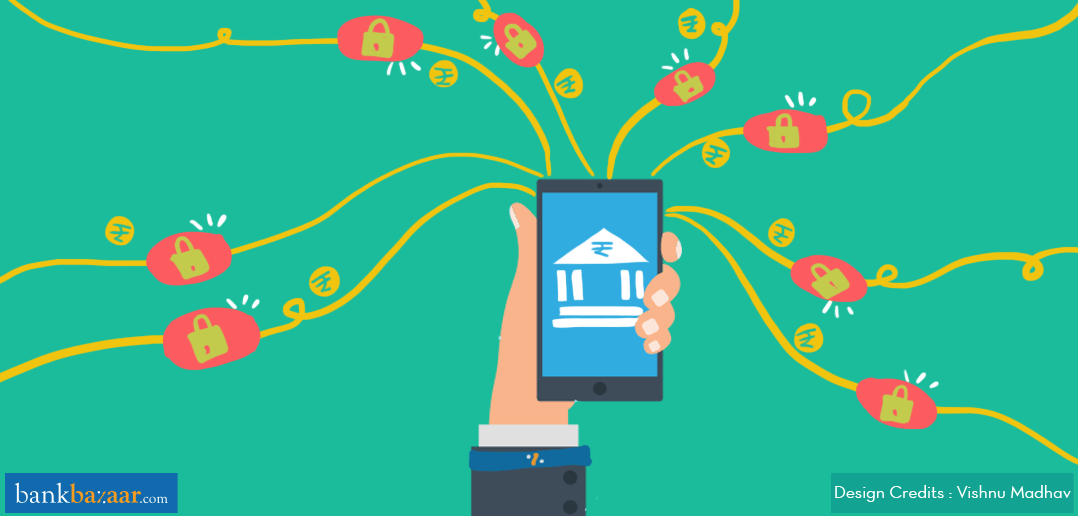The way we bank will change by leaps and bounds in the post-COVID scenario. As we go digital for almost our needs, neo banks are well-poised to take the centre stage. Let’s find out more.

Things will never be the same once COVID-19 blows over. Starting from how we dine out, travel, work at the office to how we buy groceries, we should brace ourselves for changes that will mark a paradigm shift in the way we go about our daily lives. This change will extend to how we bank too. With the economy slowly opening up, contactless products and services will take centre stage. Neo-Banks in this regard are well-poised to benefit from this trend. Let’s find out more about them.
What Is A Neo-Bank?
A neo-bank has a complete online presence and unlike other banks, doesn’t have any physical branches. Its services include accounts, credits and payments. Considered to be a more nimble version of old-fashioned banking, neo-banks appeal to a more digital-savvy generation like millennials.
Since in India, regulations do not permit 100 per cent digital banks, neo banks partner with traditional banks to offer licensed services and pitch their offerings atop a traditional bank’s services.
In India, there are at least eight such banks among which some notable ones are Razorpay X, Niyo Solutions, Open, etc.
Neo-banks and traditional banks have a symbiotic relationship. On the one hand, they rely on traditional banks for their licensed services and on the other hand, traditional banks depend on them for digital solutions for targeted segments of customers.
Traditional banks have many limitations when it comes to offering digital solutions for a targeted audience starting from technological infrastructure to banking regulations. When it comes to targeting specific segments, they might find it easier to just partner with these neo-banks and share a part of their revenue with them than build and invest in additional technology and front-end infrastructure just to target a specific segment.
Additional Reading: Crash Course | Mobile Banking
Can Neo-Banks Be Called ‘Banks’?
While entities offering these services are called ‘neo-banks’, they can’t offer any key services that banks are licensed to offer like deposits, interest on deposits or loans. They also don’t come under RBI regulations. Whatever business neo-banks conduct, they do so on the partner bank’s balance sheet. A case in point is Niyo which basically acts as a business correspondent for its partner- DCB Bank. Niyo offers a ‘Niyo Global Card’ that the company claims to offer the best forex rates. But in order to get the card, the customer has to open a current account with Niyo’s partner bank, which is DCB Bank. DCB Bank clears the KYC for the card application and the customer deposits a certain amount of money in this account, which using the ‘Niyo Global Card’ can be used to withdraw foreign exchange.
Additional Reading: Your Ultimate Guide To COVID-19 Personal Loans
How Do Neo-Banks Work?
With a completely virtual presence, neo-banks generate a lot of data that drive their decision-making. This helps the bank as well as its sponsor bank deliver credit and other services in a targeted manner to a specific customer segment. One thing to note here is that neo-banks follow the same regulations as their sponsor banks in terms of KYC account opening or lending. Also, the sponsor bank is the main custodian of all customer information. All transactions are authenticated by the sponsor bank and flow through the bank’s fraud-monitoring process even if they are getting initiated by a third-party.
Neo-banks may pave the way for banking to go digital but a regulatory framework needs to emerge that will determine how the data generated by these banks should be used and how they can tailor-make their products based on this data.
While neo-banks may take a while to gain acceptance, contactless Credit Cards and Personal Loans are already here. Click the link below to explore your options.